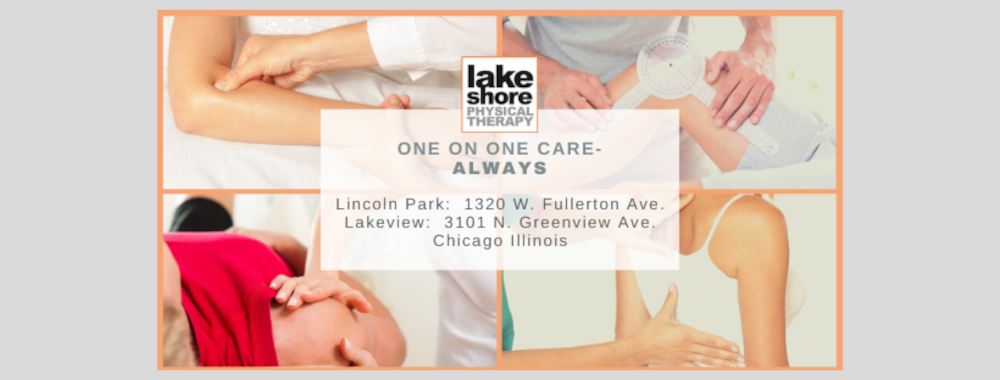 |
| by Meredith Franczyk, PT |
As our bodies age, however, we experience changes that can affect our ability to run. From the age of 40 onward, adults experience sarcopenia, or degenerative loss of muscle, losing between 5-8% of their muscle per decade. In addition, increased body fat percentage, decline in muscle thickness, decreased vertebral height, and joint stiffness can make maintaining any kind of workout a challenge. A more specific challenge that runners face is a decrease in type II muscle fibers with age. Also known as fast-twitch fibers, these fibers help us to move quickly in short bursts, and the decrease in these fibers diminishes our ability to sprint.
Biomechanics and stride pattern also tend to change as a result of our aging bodies. Achilles tendinopathy and calf strains have the highest incidence rates in older adults due to decrease in big toe mobility and altered biomechanics, so it is important to adapt a running program to one's body to avoid injury. To decrease these risks, older adults should do the following:
- Cross-train more (bike, swim, etc.)
- Run slower (to control altered biomechanics)
- Change shoes more often (to help control stability)
- Improve flexibility
- Maintain range of motion
- Improve quadriceps, calf and hamstring strength
References:
Conoboy, P. and R. Dyson. Effect of aging on the stride pattern of veteran marathon runners. British Journal of Sports Medicine. 40:601, 2006.
Cavagna, G.A., M.A. Legramandi, and L.A. Peyre-Tartaruga. Old men running: mechanical work and elastic bounce. Proc BiolSci. 275:411-418, 2008.
Chakravarty, E., H. Hubert, V. Lingala, E. Zatarain, and J. Fries. Long Distance Running and Knee Osteoarthrits: A Prospective Study. Am J Prev Med. 35(2):133-138, 2008.
